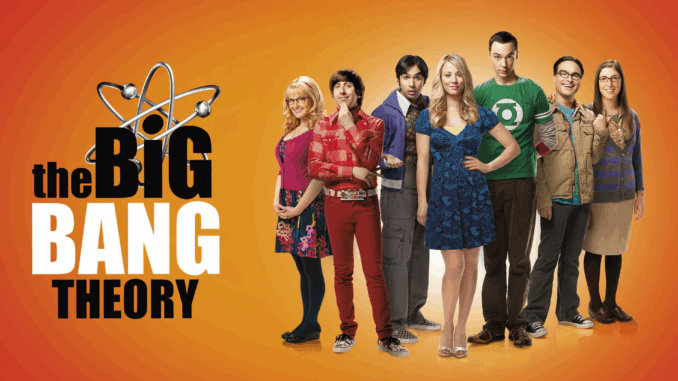
In 2014, when Jim Parsons won a fourth Emmy for his role as the physicist Dr. Sheldon Cooper on “The Big Bang Theory,” he turned to his boyfriend and seemed to mouth, “Oh, my God.” Despite the sustained success of the show—the CBS sitcom about nerdy scientists working at Caltech would eventually challenge “Sunday Night Football” for the most-watched regularly scheduled program in prime time—Parsons apparently remained shocked at what he has referred to as his unbelievable “good fortune.” Onstage, waiting with the award for Parsons, stood Julia Louis-Dreyfus. In the audience, a fellow-nominee, Matt LeBlanc, clapped politely. Both LeBlanc and Louis-Dreyfus starred in critically acclaimed shows that year (“Episodes” and “Veep,” respectively)
:max_bytes(150000):strip_icc()/Kevin-Sussman-and-Lauren-Lapkus-big-bang-theory-101024-e1ce1084adf84198948feeeb9315428b.jpg)
Both were single-camera comedies in the fourth-wall-breaking style that had become pervasive since the American version of “The Office” premièred, in 2005. And both actors had been on the top sitcoms of the nineties—LeBlanc on “Friends” and Louis-Dreyfus on “Seinfeld”—which were multi-camera shows with live audiences, just like “The Big Bang Theory.” LeBlanc and Louis-Dreyfus had dutifully adjusted to the new modes of television. And yet here was Parsons, gawky in a bow tie and dark-burgundy tuxedo, being honored for his work in a show very much like the ones that they had starred in two decades earlier. “There’s no accounting for taste,” Parsons said, accepting his award.
Still, throughout the twelve seasons of “The Big Bang Theory,” critics have attempted to account for that taste. One Vulture article even posited—in the systems-and-numbers-loving spirit of the show—that its writers had achieved an ideal rate of jokes per minute. The pilot that CBS picked up, co-created by Chuck Lorre, presented an unlikely scenario: four scientists, prone to esoteric talk of Schrödinger’s cat, string theory, and gravitational waves, would befriend an aspiring actress named Penny (Kaley Cuoco), who lives across the hall and, from her perspective as a “normal person,” would teach the geeks about ordinary human interaction. The breakout character was Sheldon, whose mixture of nerd arrogance (“They were threatened by my intelligence and too stupid to know that’s why they hated me,” he complains to his mother in one episode) and nerd incomprehension provided much of the show’s humor.
What seemed to vex critics almost immediately was how “The Big Bang Theory” only skimmed the surface of nerd life, and relied upon well-trodden sitcom forms for laughs. “We are going to show you girls how cool a job in science can be,” Sheldon’s roommate, Leonard (the “Roseanne” alum Johnny Galecki), tells a classroom full of middle schoolers. “How cool, you ask? Well, how about negative two hundred and seventy-three degrees, because that’s the temperature at which entropy reaches its minimum value.” The girls’ dismayed faces, reacting to Leonard’s corny delivery, are the punch line.
